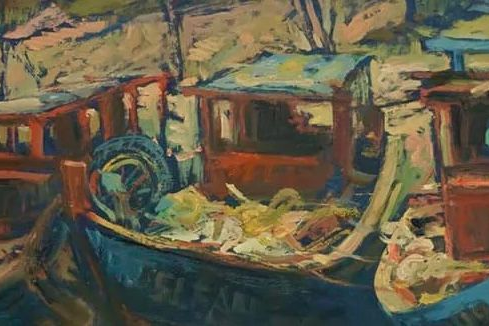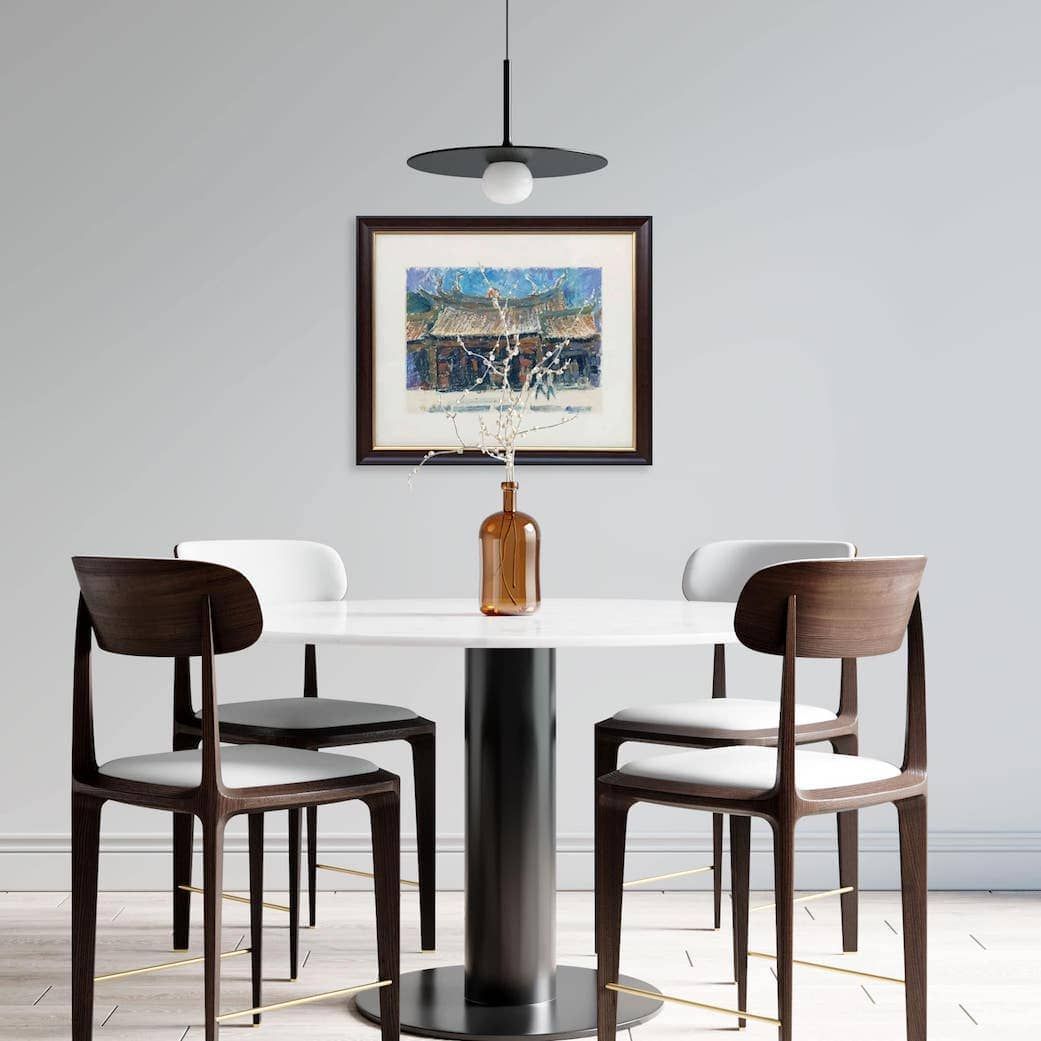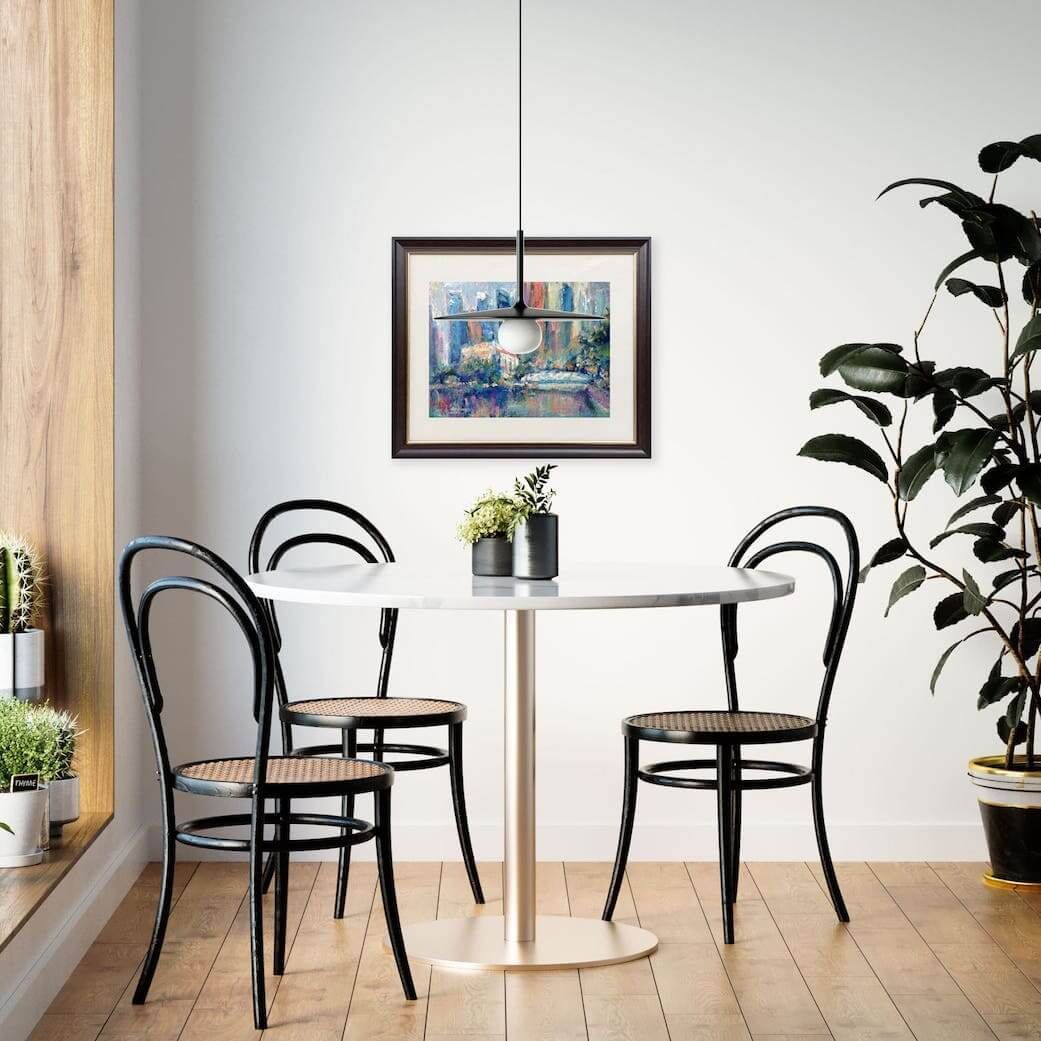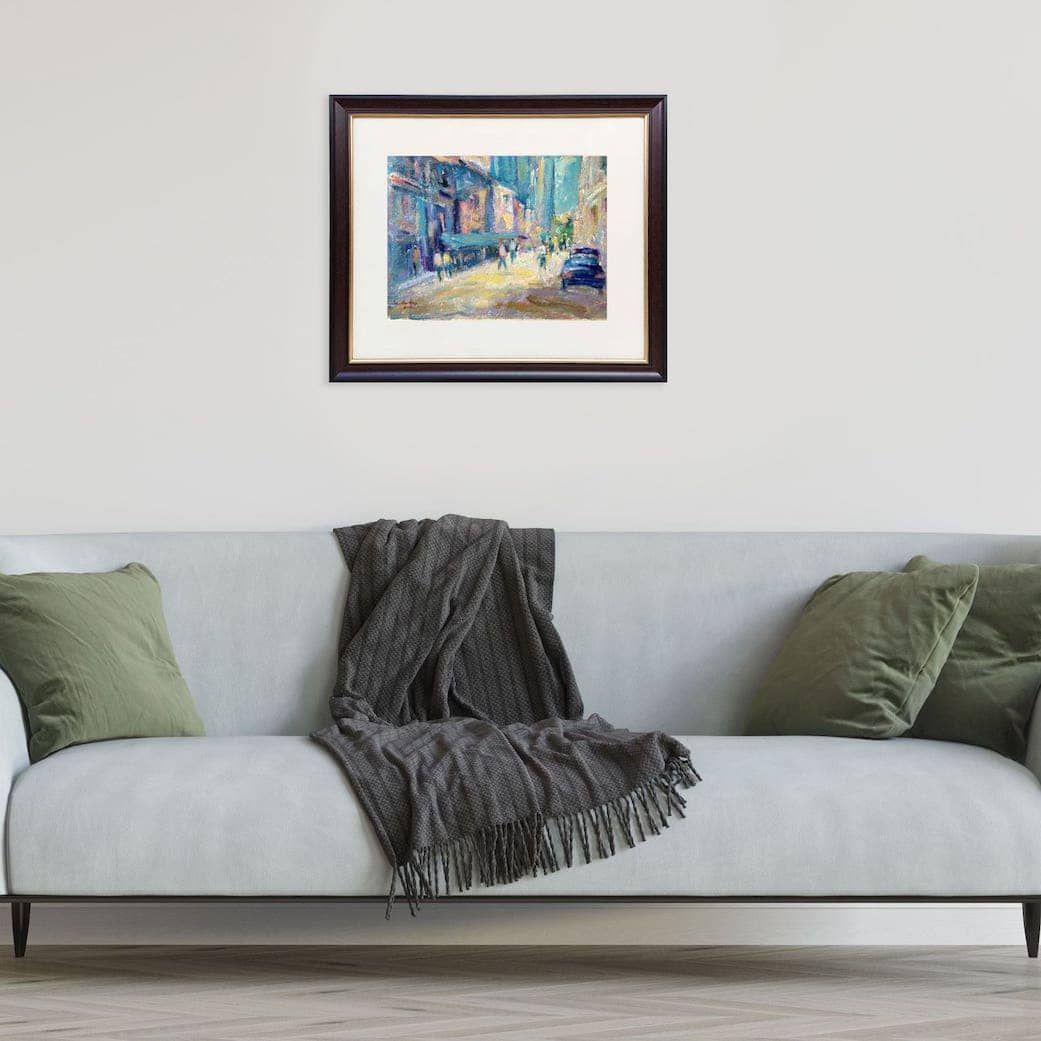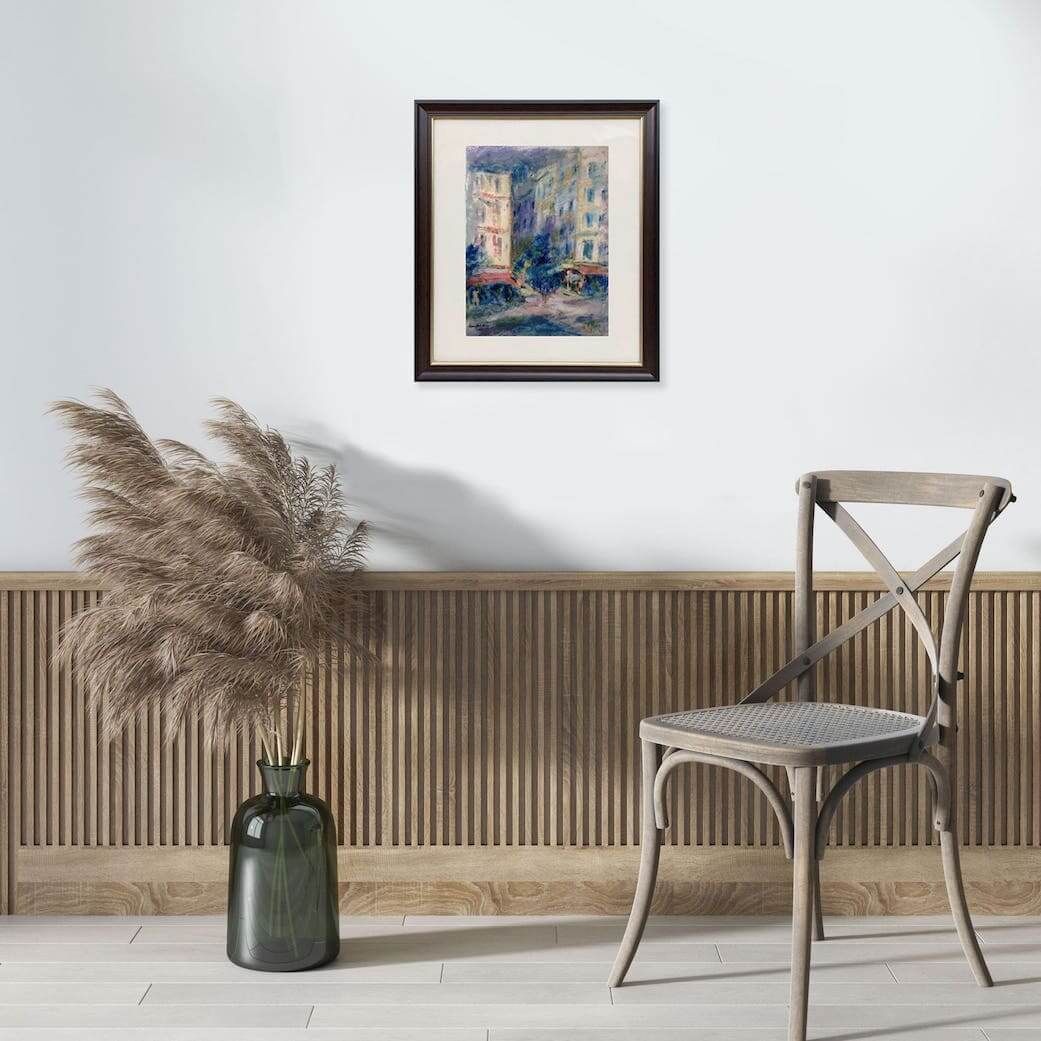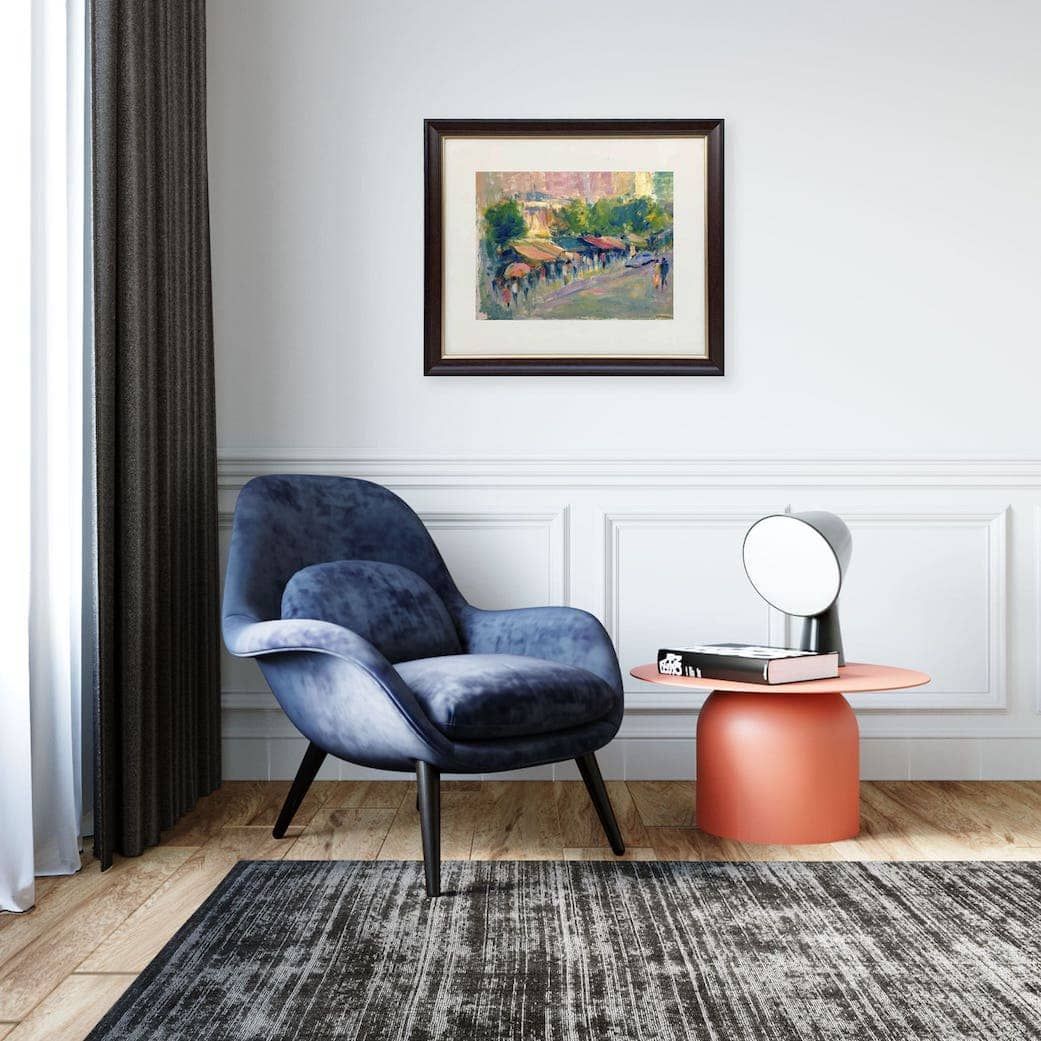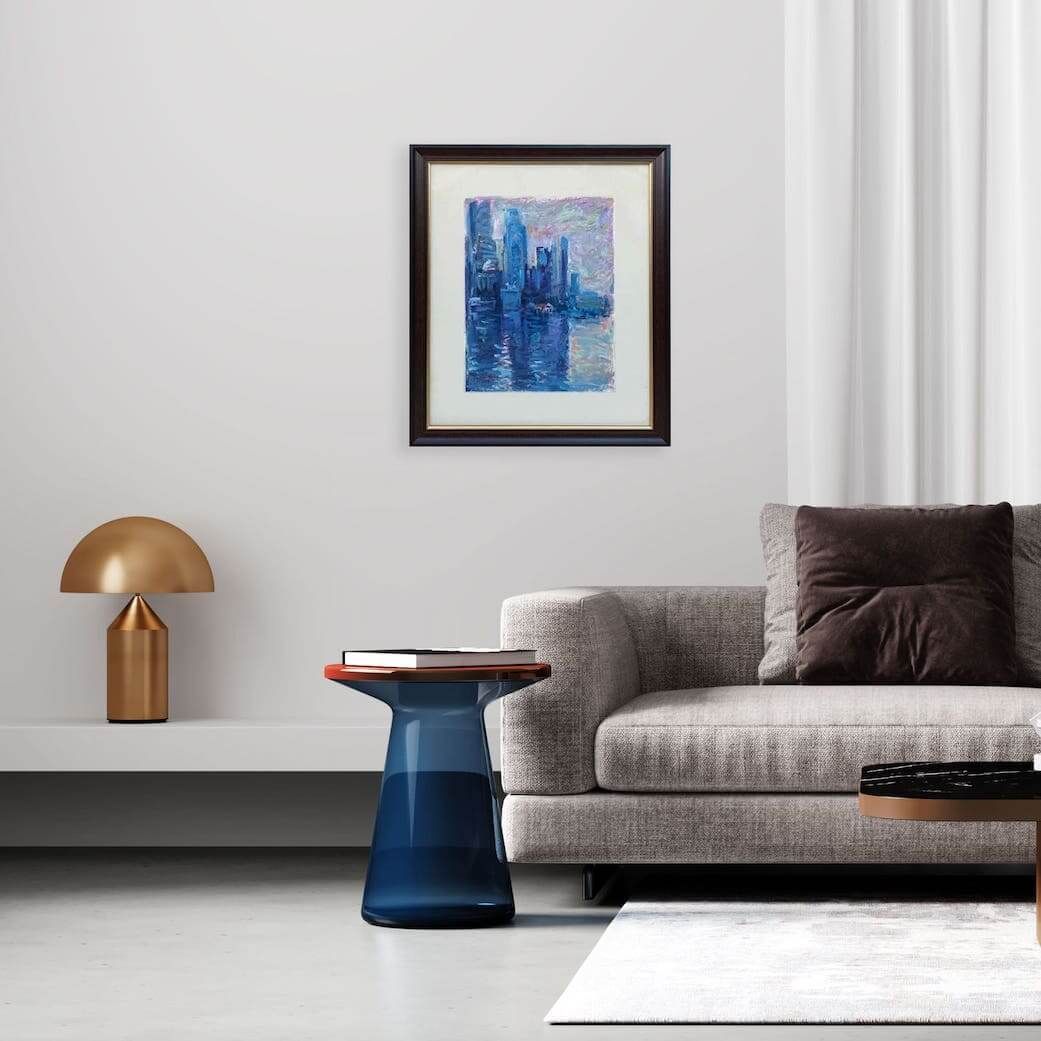I Bought Some Paintings and I Want to Sell Them. What Should I Do
I Bought Some Paintings, and I Want to Sell Them. What Should I Do?
You have bought some paintings—maybe at a gallery, an auction, or during your travels—and now you are thinking about reselling them.
Whether you are making space for new pieces that spark joy, testing the art market, or hoping for a return on investment, the idea of selling art can feel a little overwhelming at first.
Reselling art can be a rewarding journey and it is a little tricky if you are just starting out. But do not worry—you are not alone, and it is absolutely doable with the right knowledge.
In this blog post, we will walk you through everything you need to know about reselling art, with a special focus on how to start reselling art in Singapore. So, grab a cup of coffee, and let us dive in!
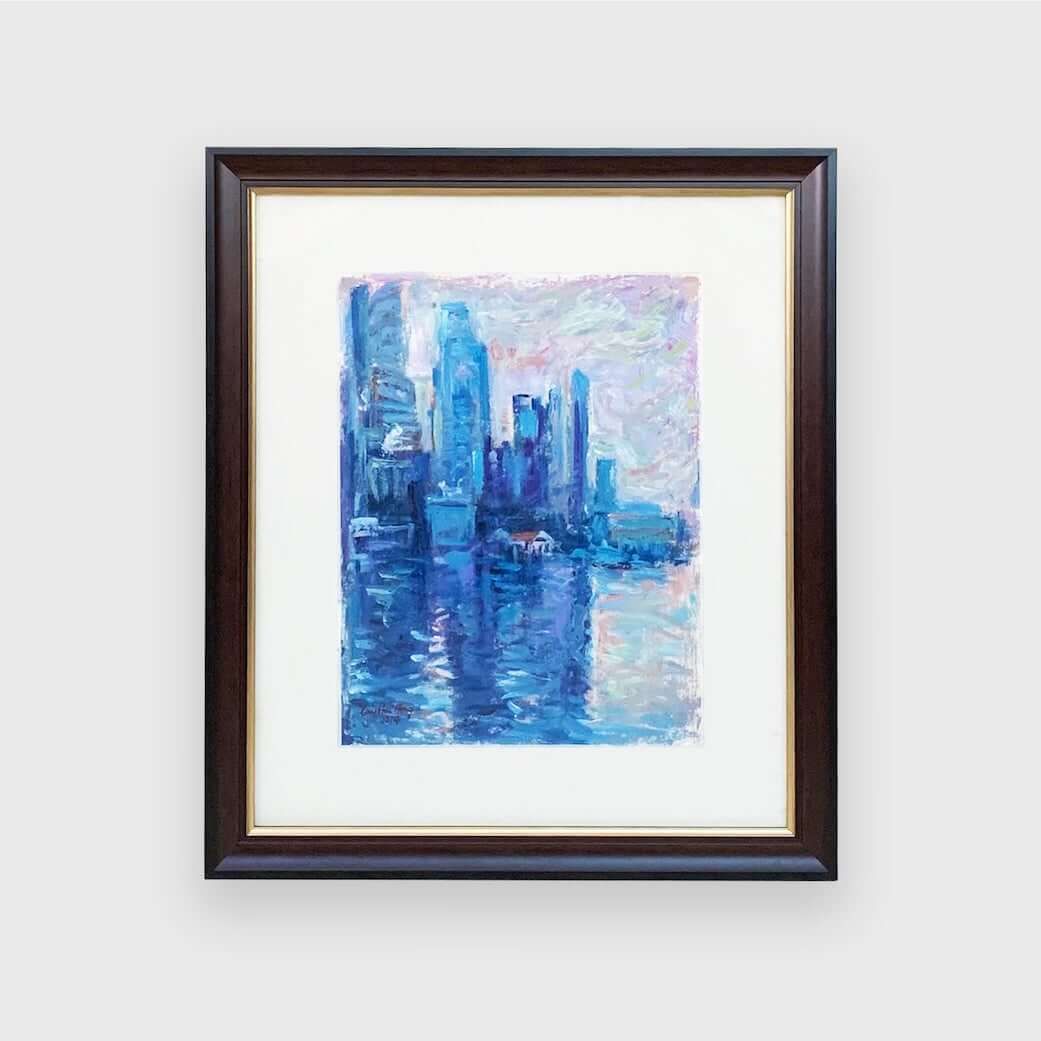
How Do I Start Reselling Art? Let Us Break It Down!
Step 1: Understand Why You are Selling the Paintings
Step 2: Understand the Value of Your Art
Step 3: Decide Where to Sell Your Artwork
Step 4: Prepare Your Art for Sale
Step 5: Promote Your Art
Step 6: Handle Logistics Professionally
What Should I Look Out for When Reselling Art?
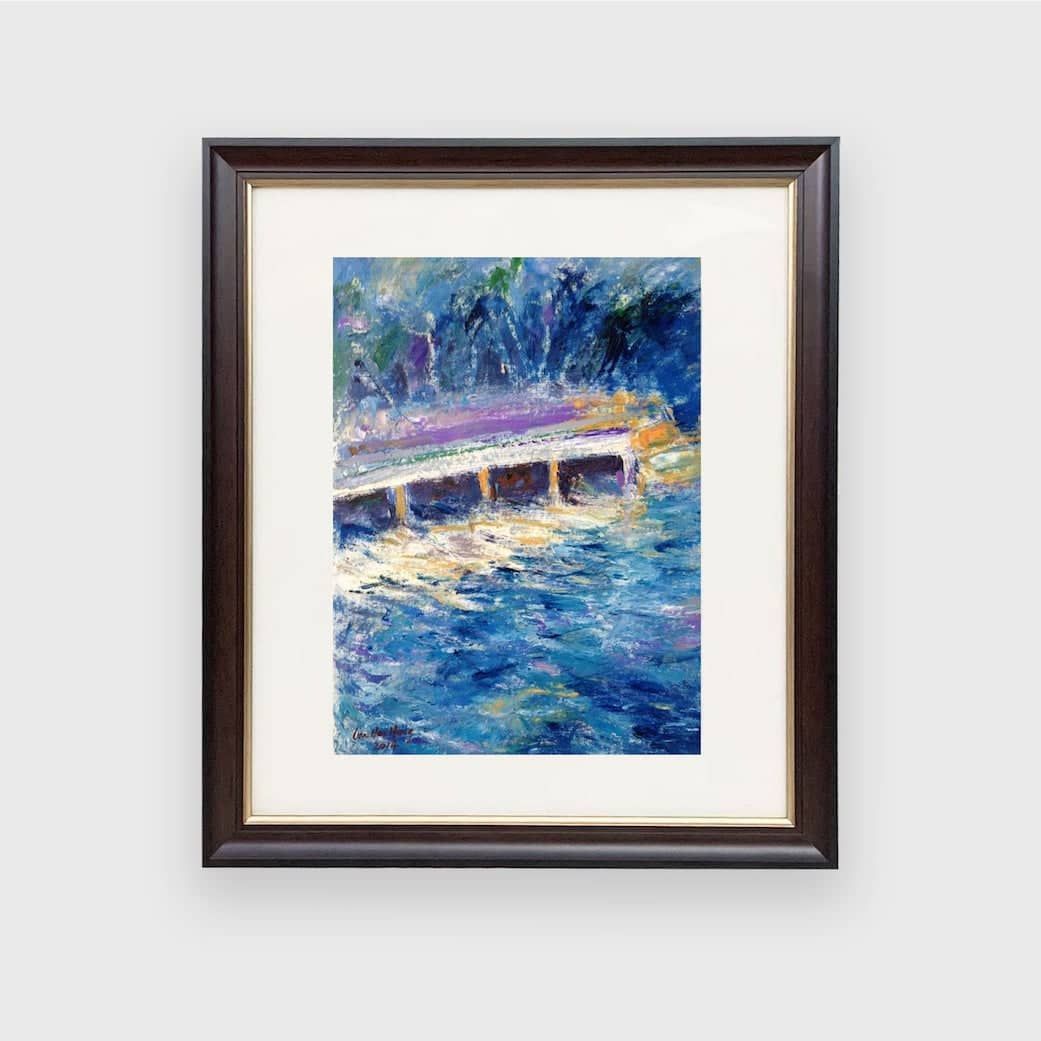
Final Thoughts
If you are sitting with a few paintings and wondering what to do next, the process of reselling art may seem overwhelming at first—but it is really quite manageable once you understand the steps.
Start by evaluating what you own and thoroughly researching its value, then decide where and how to sell based on your goals.
Take the time to present your artwork well, from professional photos to a thoughtful description, and make sure you are pricing it realistically based on current market trends.
Whether you choose to sell online, through a gallery, or at a local auction house—especially if you are based in Singapore—you have plenty of options.
Reselling your artwork can be incredibly fulfilling, allowing you to recoup some of your investment and make space for new treasures.
It is not just about the transactions or recovering money.
It is also about finding a new home for a piece of art that you have enjoyed, and potentially connecting with someone who will cherish it just as much.
Be patient, be transparent, and enjoy the process of connecting with other art lovers.
You never know—this might just be the beginning of a longer journey into the world of art collecting and resale.
So go ahead, take that leap, and let your beautiful paintings find new homes!
And if you ever need a hand, we are always here to help. Whether you want advice on valuing a piece or figuring out the best sales channel to pursue, do not hesitate to reach out.
